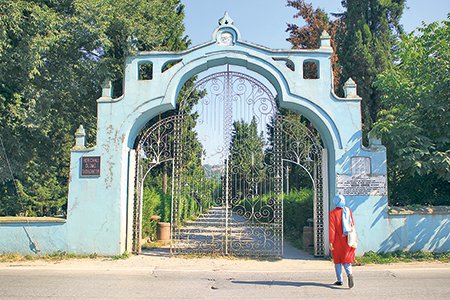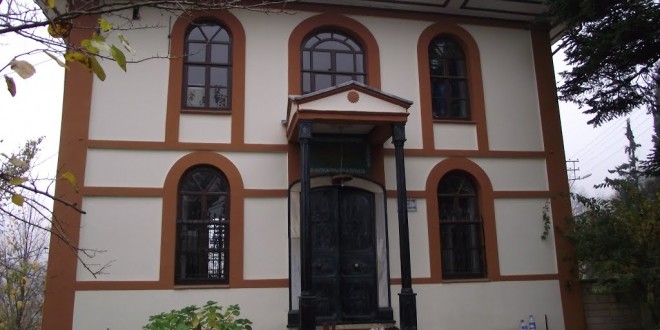

Once upon a time, there were fertile lands in the place of Sapanca Lake and there was a rich town there. The town was affluent but they were very mean and selfish. One day, a dervish, Eren Dede, who closed his eyes to material world and filled his soul with love and affection and who resides in Erenler hill in the south of Adapazarı came to that town. He greeted them but they did not reply, he wanted to be guest but none of the invited him, no door was opened to him. They did not give even a glass of water to this poor but rich-hearted dervish. If you break the heart of a dervish, you cannot fix it; even if you fix it, it is fruitless. At the evening while he leaves the village hungry, tired and thirsty, he saw the candle light of a small cottage, he decided to knock the door of this cottage. This place was the workplace of a poor plower who made plows for the villagers. He knocked the door, after a while, the plower opened the door: “Welcome, welcome. I have just cooked my food. I was praying to God to send a guest.”
The dervish became happy and sat in the seat of honor. Plower set the table and put everything he had in front of the dervish. After the dinner, he opens his bed full of sawdust and let his guest sleep. Then, they woke up early. The dervish says that he will leave and the plower sees him off till the hills. When he returns, he saw something surprising. In the place of the town, there is a huge lake! All the houses and farms were lost. The huge lake swallowed all of them. There is no one alive other than him. The dervish’s curse took effect and the town was destroyed. After this day, they called the lake “Sapanca” a reminder of the Turkish Word “sabancı” for lower.